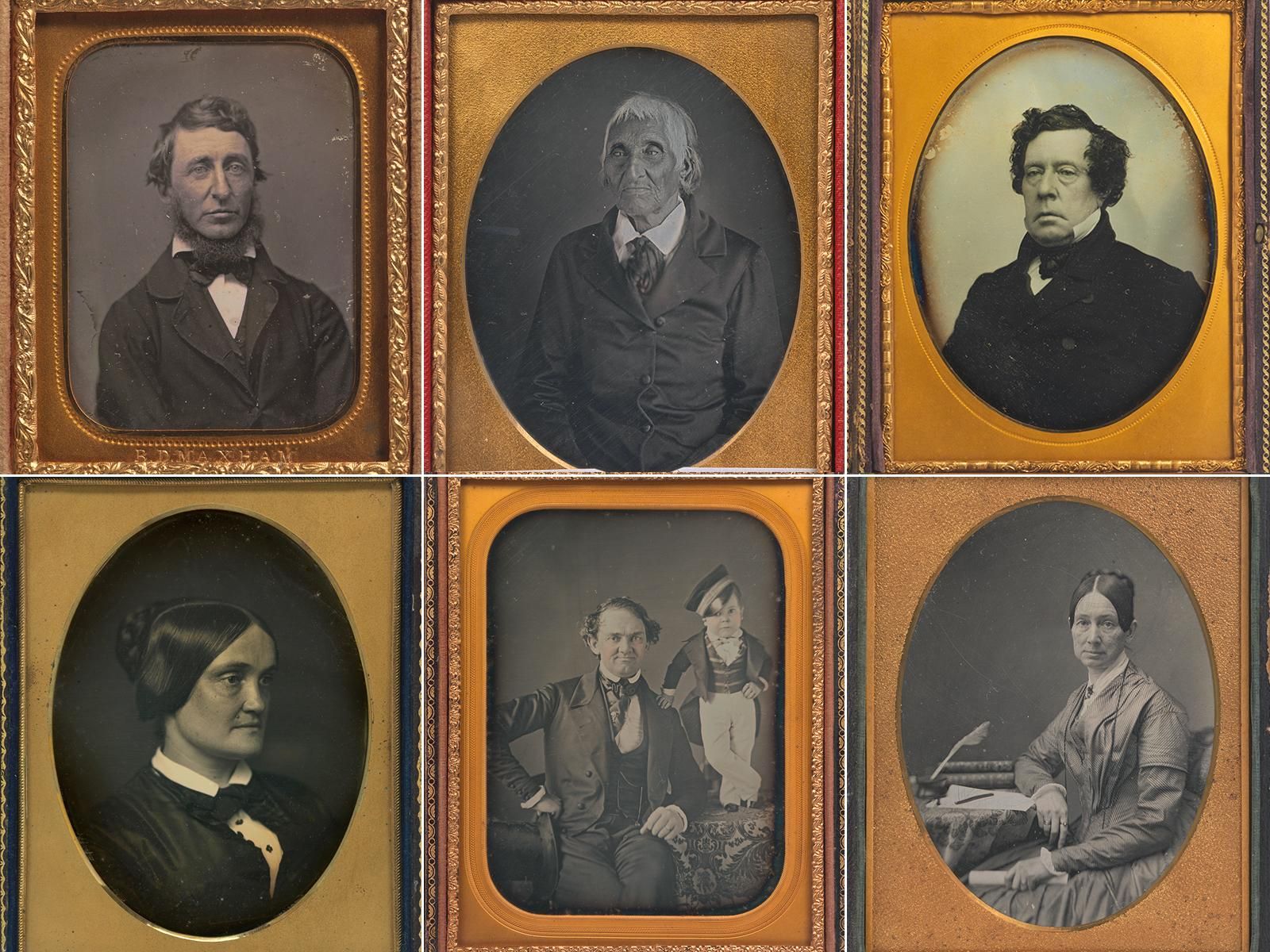https://www.nationalgeographic.com/photography/article/milestones-photography
Camera Obscura
Photography was invented in 1826. The first photographic process was the camera obscura, these were boxes that were used to expose light-sensitive materials to a projected image.
French scientist Joseph Nicéphore Niépce took the first photograph using a bitumen-coated plate in a camera obscura, leaving to be exposed for hours. He took this at his family’s country home in Saint-Loup-de-Varennes, France and titled it View from the Window at Le Gras (right).

The camera obscura was not invented in 1826, the earliest written account is from the 4th century (400BC) by a Chinese philosopher Mo-tzu. He wrote about how light from a illuminated object would pass through a pinhole into a dark room and create an upside down image of the object. The first use was in the 13th century when they used a camera obscura for safe observation of sun eclipse. An astrologer, alchemist and physician Arnaldus de Villa Nova used camera obscura as a projector for entertainment. Artists started using them in the 15th century. Artist and engineer Leonardo da Vinci talks about camera obscura in his book Codex Atlanticus, a twelve-volume bound set of his drawings and writings.

Louis Daguerre
August 1839 was when the Daguerreotype was announced to the public. It was a collaboration invention with French artist and photographer Louis-Jacques-Mandé Daguerre and French scientist Joseph Nicéphore Niépce. They made a permanent image by using a copper plate coated with silver iodide, exposing that to light in a camera, then fume that with mercury vapour, creating an image and then make it permanent by using a solution of common salt.
Daguerreotypes have detailed and high contrast outcomes which is why they became very popular for portraiture. However daguerreotypes cannot have copies made of them which put a lot of people off of them but also appealed to people who wanted something personal.

Henry Fox Talbot
Scientist over the years, from the camera obscura, realised that certain chemicals were light sensitive but did not know how to stop them from developing, which led images to keep on developing until they were black.
William Henry Fox Talbot was an English scientist and inventor who could not draw something so he wanted to invent something that could take a photo and he would be able print copies. Around 1834 Talbot created a way to develop photos using chemical coatings containing silver salts so that under light the paper would darken. He continued to work in secret until Louis Daguerre went public with his process, the Daguerreotype.
Talbot then worked on his process and in 1840 created the Calotype which required a much shorter exposure time and was a negative so could be reproduced as a number of positive prints.


Kodak (Brownie)
The Kodak brownie was released in 1900. This is how photography was made popular to the average person. They would buy the camera take there photos then send it back through the post to be printed and they would be sent back again to the person. The Kodak Brownie was invented primarily for children but adults would use it to because the price was so low.
